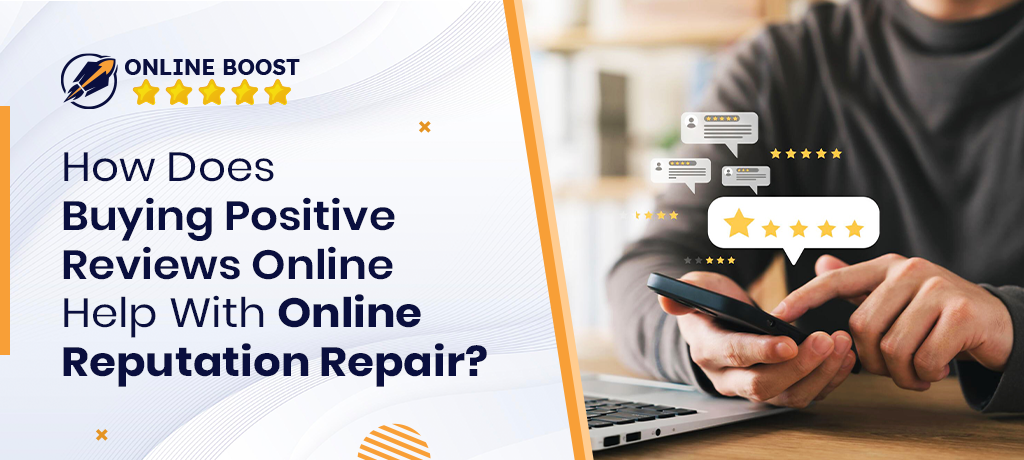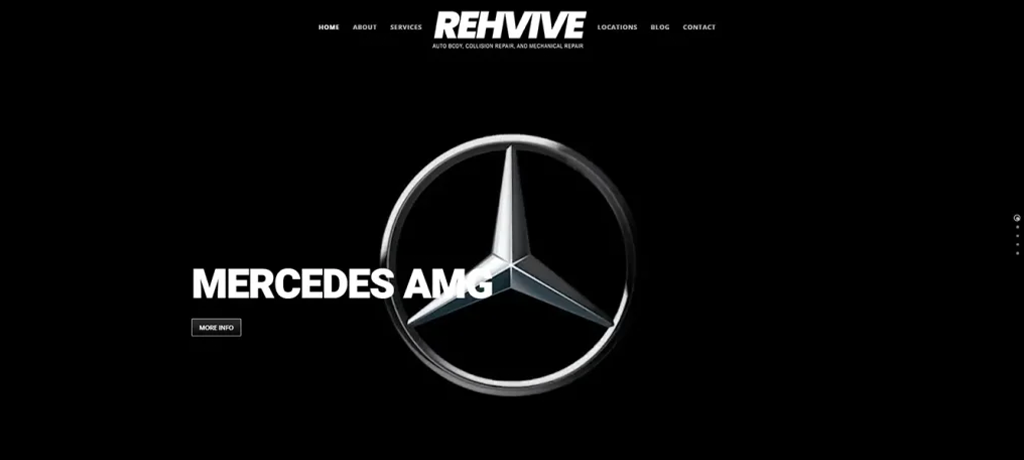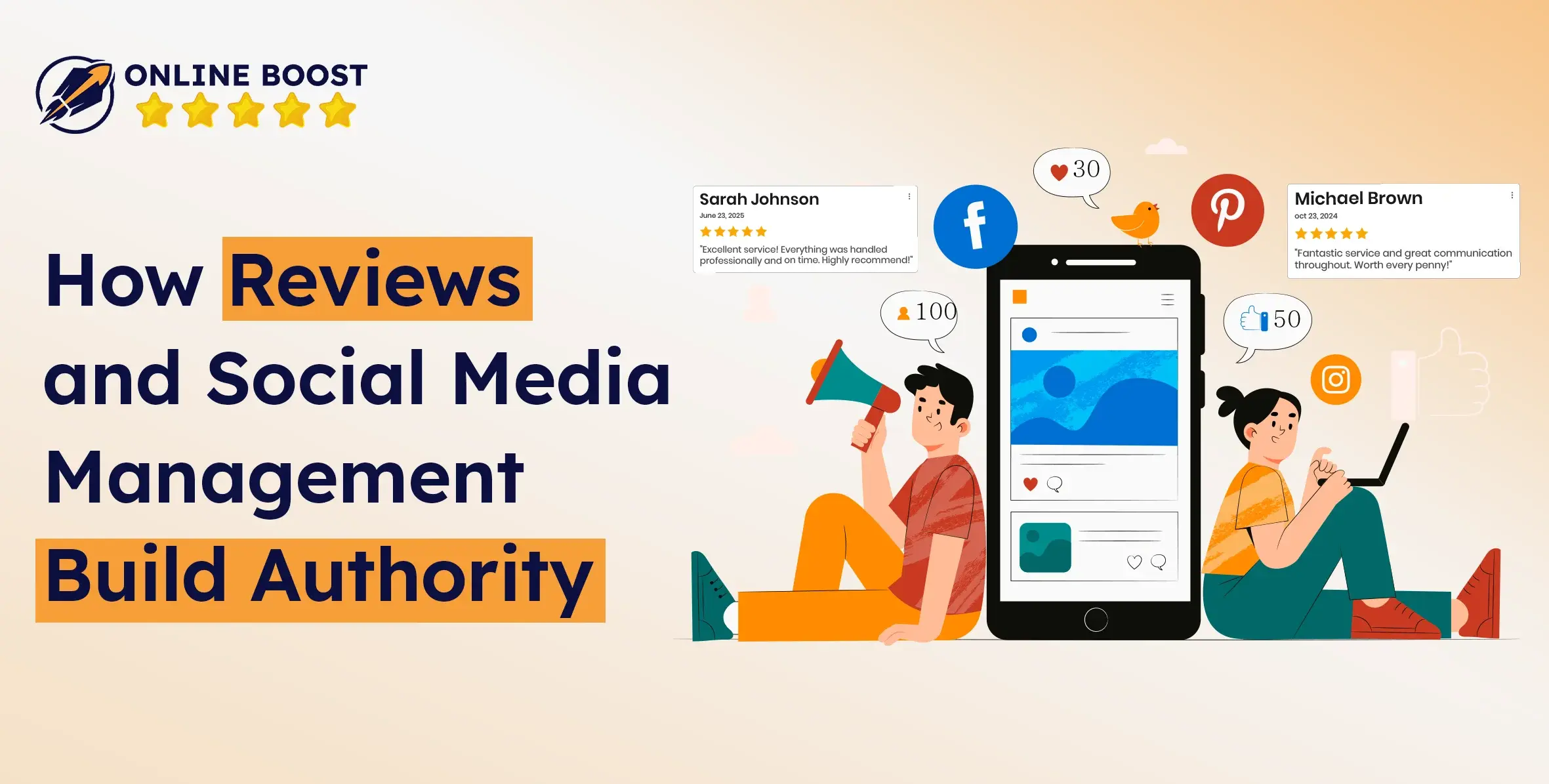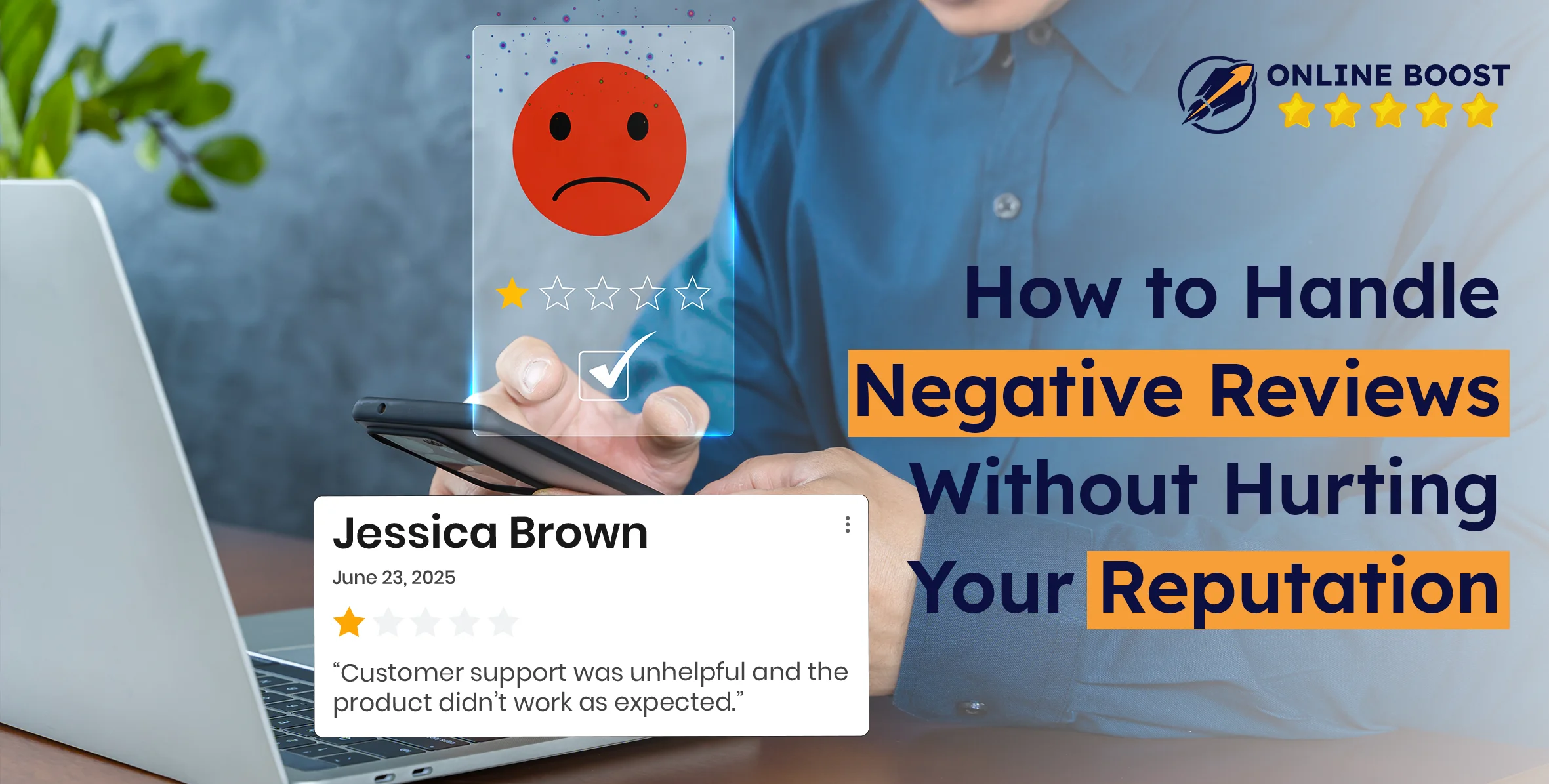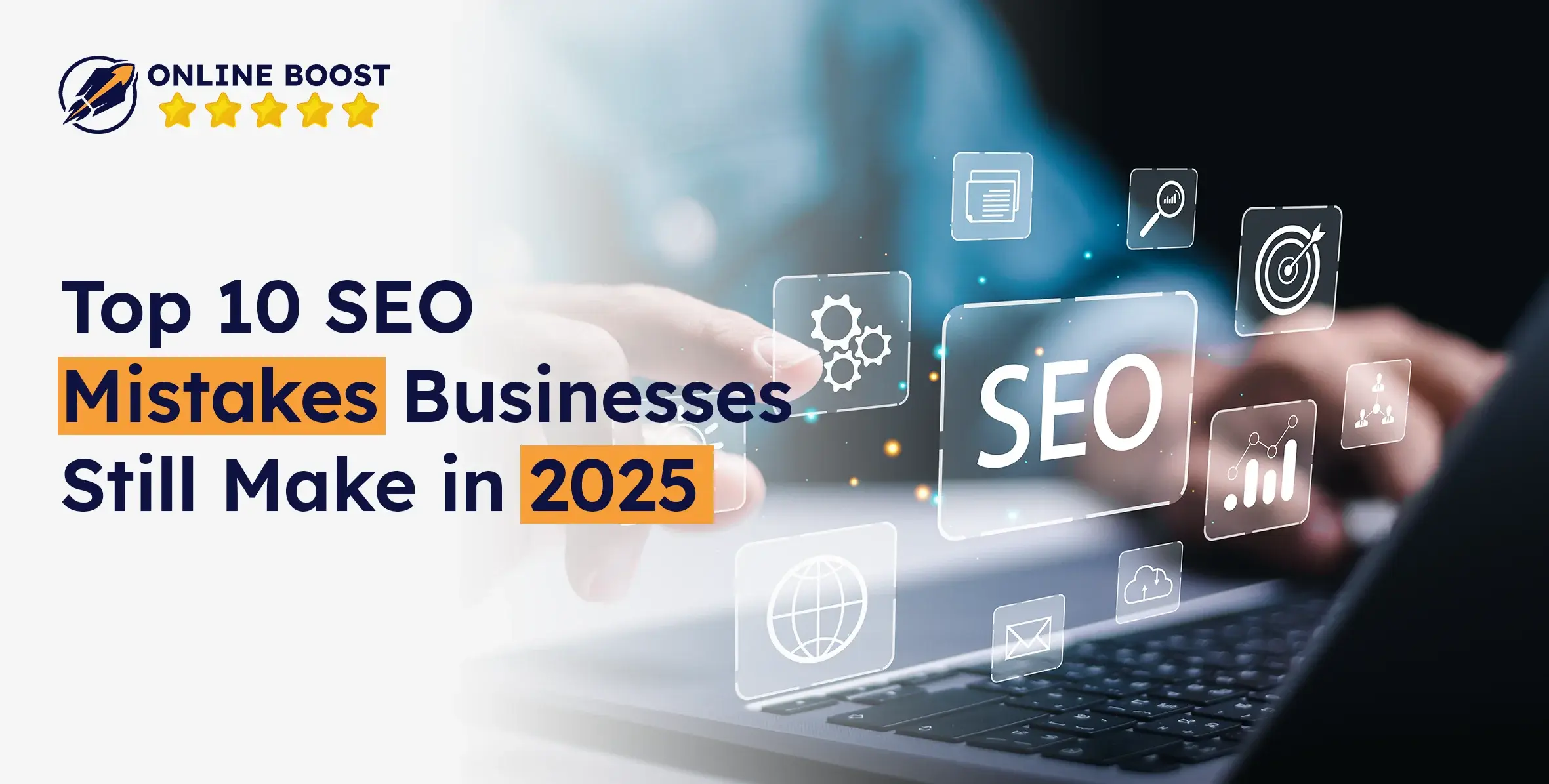
In the age of search, visibility isn’t power; credibility is.
You can have the best product, the slickest logo, even a solid marketing budget, but if your website doesn’t show up when people search for what you offer, it’s like running a beautiful store in the middle of the desert.
That’s the silent tragedy of SEO mistakes businesses make; they don’t just cost rankings; they quietly kill opportunities.
Every day, millions of people in the U.S. are searching for something your business probably sells. According to recent reports, 68% of all online experiences begin with a search engine, and Google alone still commands over 90% of that traffic.
Now studies show that 75% of users never scroll past the first page, and if your website takes more than 3 seconds to load, the chance of someone leaving jumps by 32%.
Why are businesses still struggling with SEO in 2025? Because somewhere along the way, SEO turned into a checklist instead of a conversation. People started chasing keywords, tools, and trends instead of focusing on what search engines have always rewarded, human relevance and trust.
Search Engine Optimization (SEO) isn’t about gaming Google; it’s about understanding your audience and making your website useful, honest, and effortless to explore.
Let’s break down the common SEO errors that even smart businesses are still making and learn how to fix SEO mistakes the right way.
How SEO Has Evolved in 2025
What changed
If you were doing Search Engine Optimization (SEO) five years ago, you might remember: keywords, backlink counts, and getting your site ranking high. Sure, those still matter, but the intent has shifted. Here’s what’s new:
- Search engines are getting smarter. Due to AI and machine-learning advancements, results are more personalized, more intent-based, and less about “keyword matching.” For instance, “high-quality content, backlinks, and search intent continue to be the top 3 ranking factors in 2025.”
- Zero-click searches are rising. People often look for answers and leave without ever clicking a link. That means even if you show up, you may not get the click.
- Mobile and local matter more than ever. With more searches happening on smartphones and in local contexts, things like mobile SEO and Local SEO optimization are now foundational.
- The content bar has risen. Thin or generic content doesn’t cut it now. Users and algorithms both demand real value, not just keyword-filled pages.
Why these mistakes are now more costly
Now here’s the important aspect: because the search environment has evolved, the usual business SEO mistakes that were “okay” five years ago are now seriously harmful.
Why?
- If you ignore intent and just throw in keywords, users will click away quickly, and search engines will notice. A high bounce rate or low engagement signals your site isn't meeting the visitor's needs.
- If you’re not optimized for mobile or local, you’ll miss a lot of your audience. With over half of web traffic coming from mobile devices, and local searches being huge for “near me” intent, a site that isn’t updated for this will lose out fast.
- Since zero-click queries are growing, ranking alone is no longer enough. If you show up but don’t provide enough value (or the right type of value), search engines may reward other types of responses or features instead of you.
- With higher competition and more sophisticated ranking signals, neglecting brand/trust signals is far more dangerous than they were. If you're relying on old tactics, you're likely falling behind.
- Finally, as SEO gets more competitive, the return on investment is much higher now. Every mistake doesn’t just hurt a little; it costs real opportunities.
Top 10 SEO Mistakes Businesses Still Make (with Fixes)
Most business owners don’t mess up SEO because they’re lazy; they mess up because SEO feels confusing and constantly changing.
You try to do the right things, but somehow your traffic still doesn’t move.
That’s why we’re discussing the 10 biggest SEO mistakes businesses make in 2025 and how to fix them.
Mistake #1: Ignoring User Intent
Why it hurts rankings/traffic
This one’s a silent killer. You might be writing good content, but if it doesn’t match what the searcher actually wants, it won’t rank.
Search engines have gotten smart; they can tell if people click your page and leave right away. When that happens, your rankings slip.
Think of it this way: someone searches “best running shoes for flat feet,” and your article talks about “shoe trends.” That’s not helpful. You didn’t match their intent, so you lose them.
How to detect it?
- Check your bounce rate and time-on-page in Google Analytics. If people leave quickly, your content isn’t matching what they expected.
- Search your target keyword and look at the top results, what kind of content shows up? That’s what Google thinks people want.
Fix in 3 steps (actionable)
- Before writing, ask: “Is this keyword informational, commercial, or transactional?”
- Create content that gives the exact answer or helps people who are searching for it.
- Include visuals, examples, and real life examples, not just keywords.
Pro tip: Don’t write for Google; write for the person behind the search. When your content feels human, Google rewards you anyway.
Mistake #2: Stuffing Keywords and Writing for Robots
Why it hurts
There was a time when repeating your keyword 20 times could get you to the top. That time is gone.
Now, keyword stuffing makes your writing clunky, unreadable, and sends a red flag to search engines.
You’re not helping anyone by writing “best coffee shop New York” ten times; you’re just confusing people.
How to detect it?
Read your own page out loud. If it sounds awkward or forced, that’s a problem. Also, use tools like Yoast SEO or SurferSEO, which'll show if you've gone overboard.
Fix in 3 steps (actionable)
- Focus on your main keyword, for example: “SEO mistakes businesses make," and use it naturally 3–5 times in the content.
- Add related terms, like common SEO errors, business SEO mistakes, and how to fix SEO mistakes, but only if they fit.
- Write like you’re explaining it to a person, not an algorithm.
Pro tip: The goal is to sound helpful, not “optimized.” If your audience can’t finish the paragraph without sighing, it’s too much.
Mistake #3: Neglecting Technical SEO
You can write the best content in the world, but if your website takes 10 seconds to load or is full of broken links, no one will see it.
Technical SEO mistakes are like having a great store but a locked front door. People try to come in but bounce right off.
How to detect?
Use Google PageSpeed Insights or GTmetrix to test your site speed. Check for broken links using Ahrefs Site Audit or Screaming Frog.
Look at your Core Web Vitals in Google Search Console; if you see red warnings, that's trouble.
Fix in 3 steps
- Compress your images (WebP format works great).
- Use caching and remove unused plugins or code.
- Fix broken links, redirect old pages, and keep URLs clean.
Pro tip: Do a small technical audit once a quarter. It’s easier to fix small cracks early than rebuild the whole foundation later
Mistake #4: Weak On-Page SEO
Why it hurts
Skipping the basics is still one of the most common SEO errors. If your pages don’t have proper title tags, meta descriptions, or heading structures, search engines don’t fully understand what your page is about.
How to detect?
Run your website through an on-page audit tool like SEMrush or RankMath. Look for missing title tags, duplicate metas, or long URLs.
Fix in 3 steps
- Write unique title tags and meta descriptions for every page.
- Use one clear H1, several H2s, and short paragraphs.
- Add clear alt text to your images that describes what’s shown. Keep it natural and meaningful, not stuffed with keywords.
Pro tip: Think of your on-page structure like a table of contents. If it's easy for people to scan, it's easy for Google to understand.
Mistake #5: Forgetting About Mobile Users
Why it hurts
More than 60% of all Google searches now come from phones. If your site isn’t mobile-friendly, you’re turning away half your audience.
Bad layouts, tiny buttons, or slow loading on mobile are all mobile SEO mistakes that kill conversions.
How to detect?
Open your website on your own phone, scroll, tap, and test it like a normal user. You can also use Google’s Mobile-Friendly Test to see issues quickly.
Fix in 3 steps
- Use a responsive design that adjusts to all screen sizes.
- Keep fonts readable and buttons easy to tap.
- Optimize images and code to make pages load fast on mobile data.
Mistake #6: Publishing Thin or Outdated Content
Why it hurts
Old, short, or repetitive content doesn’t help anyone, and Google knows it. Pages that don’t add new information or fail to engage readers drop in rankings.
How to detect?
Check Google Analytics; if certain pages get low traffic or high bounce rates, they may be outdated. Use tools like Sitebulb to find duplicate or thin pages.
Fix in 3 steps
- Update your old blogs with current info, stats, and better visuals.
- Merge similar posts instead of letting them compete.
- Keep a content refresh schedule, every 6–12 months.
Mistake #7: Ignoring Local SEO
Why it hurts
If you run a business that serves a local area, ignoring Local SEO means people near you can’t find you.
If someone is typing “coffee near me,” and your café doesn’t show up, then you lose revenue.
How to detect?
Search your business name and city; do you show up on the map pack?
Check your Google Business Profile, is it complete and consistent with your website?
Fix in 3 steps
- Add accurate Name, Address, and Phone (NAP) on your site and directories.
- Get local backlinks from nearby businesses or chambers of commerce.
- Collect reviews or buy reviews online to increase your reputation.
Mistake #8: Poor Link Building and Internal Linking
Why it hurts
Links remain one of the most powerful ranking signals, but poor link habits, like having too few or too many low-quality ones, can slow your growth. Ignoring internal links is like building rooms in a house and forgetting to add the doors.
How to detect?
Use Ahrefs or Ubersuggest to analyze backlinks. Look for broken internal links or pages that aren’t linked from anywhere.
Fix in 3 steps
- Add internal links between related articles to help both users and Google navigate.
- Focus on quality backlinks, industry blogs, local directories, or press mentions.
- Avoid spammy links or link exchanges.
Mistake #9: Ignoring User Experience (UX)
Why it hurts
Even if you do everything else right, a bad user experience can undo it all. If your website looks messy, loads slowly, or confuses visitors, they'll leave, and even the best Search Engine Optimization (SEO) practices can’t save you then.
How to detect
Ask a few friends to visit your site. Can they find what they’re looking for within 3 clicks?
Check heatmaps using tools like Hotjar or Clarity to see where users get stuck.
Fix in 3 steps
- Simplify navigation and make everything easy to find.
- Keep paragraphs short, text readable, and visuals balanced.
- Use whitespace and don’t cram everything together.
Mistake #10: Not Tracking or Updating SEO Efforts
Why it hurts
Many businesses fix their SEO once and forget about it. But SEO isn’t a one-time project; it's an ongoing process.
How to detect?
If you haven’t checked Google Analytics or Search Console in months, you’re guilty of this one.
Fix in 3 simple steps
- Track your top-performing pages and note what’s working.
- Review your site every few months for broken links, outdated info, and technical errors.
- Keep learning because SEO changes constantly.
Pro tip: Make reviewing your SEO metrics a routine, like checking your bank balance. It’s the only way to grow steadily.
SEO Self-Audit Checklist
Now that you know the SEO mistakes businesses make, it’s time to check how your own website is doing.
You don’t need fancy tools for most of this, just an honest look at what’s working and what’s not.
Let’s go through the checklist step by step.
Technical
This is the main aspect of your site. You don’t always see it, but if it’s not working right, everything else slows down.
Ask yourself:
- Does my site load in under 3 seconds? (Use Google PageSpeed Insights or GTmetrix to check.)
- Is my site mobile-friendly and easy to use on smaller screens?
- Are there broken links or 404 pages I haven’t fixed yet?
- Do all my pages use HTTPS (secure connection)?
- Are my Core Web Vitals in the green?
If you spot red flags here, start fixing them one at a time. Most technical SEO mistakes for businesses come from neglecting them.
On-Page and Content
This is the part users actually see and read. And it’s where most common SEO errors occur.
Check these:
- Every page has one unique title tag and meta description.
- Your main keyword (like SEO mistakes businesses make) appears naturally in the first 100 words.
- Headings (H1, H2, H3) are organized and easy to follow.
- Your paragraphs are short, simple, and answer real questions.
- Images have descriptive file names and alt text (don’t stuff keywords, just explain what the image is).
- No duplicate or “thin” content that adds no value.
E-E-A-T / Brand & Trust
E-E-A-T stands for Experience, Expertise, Authoritativeness, and Trustworthiness, basically, “Do I look like I know what I’m talking about?”
Here’s what to check:
- Every page has an author or source; they must be real people, not “admin.”
- Your “About us” page clearly shows who you are and what you do.
- Reviews and testimonials are honest (you can also buy reviews online).
- Your content feels genuine, not copied or overly salesy.
- There are no shady pop-ups or weird redirects.
Google pays close attention to trust signals now. If your website looks reliable, people will stay longer, and search engines will notice that.
Off-Page and Links
This is your reputation that works outside your own website. Who’s talking about you? Who’s linking to you?
Check these:
- Do you have backlinks from trusted websites (local directories, blogs, partners)?
- Are there any spammy or irrelevant links pointing to you?
- Do you link out to good, relevant sources (and not dead pages)?
- Are your internal links connecting related pages naturally?
Tracking and Measurement
You can’t improve what you don’t measure. Tracking your progress keeps you informed instead of guessing what’s working and what’s not.
Make sure:
- You have Google Analytics or GA4 set up and working.
- You’re using Google Search Console to see what keywords bring traffic.
- You track conversions — not just clicks, but actual leads or sales.
- You review your data at least once a month.






























